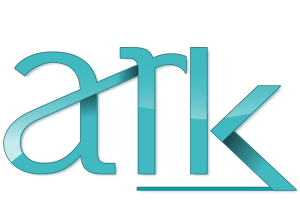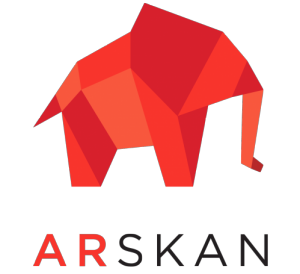The consortium is composed of three academic partners with complementary expertise, and an industrial advisory board. They are detailed below.
LIRIS UMR 5205 CNRS – ORIGAMI team (formerly M2Disco team).
Origami is a team dedicated to computer graphics and widely covers this field of study, and in particular via three main topics : geometry, rendering and simulation. In geometry, we develop algorithms to analyze and create meshes, point clouds, digital surfaces and procedural shapes for virtual worlds. In rendering, we are interested in challenges related to light simulation, sampling, virtual reality and perception. Finally, in simulation, we develop deformation and fluid models, and their discretization.
Involved members of this partner have made significant publications on 3D mesh processing, compression, subjective and objective quality assessment of 3D graphics, and perceptual models for computer graphics.
Involved members:
- Guillaume Lavoué – Professor, ENISE (project leader).
- Florent Dupont – Professor, Université Lyon 1.
- Vincent Vidal – Associate Professor, Université Lyon 1.
- Jean-Philippe Farrugia – Associate Professor, Université Lyon 1.
- Yana Nehme – PhD student.
- Gabriel Meynet – R&D Engineer (2019-2020).
LS2N UMR 6004 – Image Perception Interaction team (formerly IVC team of IRCCyN UMR 6597).
IPI research team is composed of 30 people, addressing activities in the multimedia communications systems. IPI group has developed for 20 years an international expertise on human visual perception and applications in image and video processing applications, including QoE (Quality of Experience) assessment of services. Several platforms are available to perform human factors experiments leading to an open platform (dedicated rooms, observer GUI, equipment, servers…) for projects, companies or standardization bodies. The team is one of the key actors of the Video Quality Experts Group (VQEG) and was recently strongly involved in the COST action QUALINET (Quality of Experience of Multimedia services) leading WG activities. The team is known for its world-class expertise on perceptual and visual attention models.
Involved members:
- Patrick Le Callet – Professor, Polytech Nantes.
- Toinon Vigier – Associate Professor, Université de Nantes.
- Matthieu Perreira Da Silva – Associate Professor, Polytech Nantes.
- Mona Abid – PhD student.
INRIA – TITANE team “Geometric Modeling of 3D Environments”.
Created in 2013, the TITANE team focuses on the computerized modeling of complex scenes from measurement data. We will bring our expertise on geometry processing, and our experience in devising innovative algorithms for geometry compression. In addition, we will leverage our expertise on shape approximation and generation of levels of details for urban scenes. Several recent publications reflect our increasing interest for the interplay between structures, semantic and geometry. These approaches will serve as a basis to a wider notion of levels of details, ranging from simplification to abstraction, with a focus on error metrics that derive from advanced perceptual principles. Our team is also a recurrent contributor for the CGAL open source project.
Involved members:
- Pierre Alliez – Senior Researcher, INRIA.
- Florent Lafarge – Researcher, INRIA.
- Flora Quilichini – PhD student (2018-2019).
- Lucas Dubouchet – R&D Engineer (2019-2021).
Industrial advisory board








